What does it mean if a woman has fever and chest pain? Let's figure it out.
Chest pain is a symptom that cannot but attract attention. About 60% of all women regularly have this problem, and painful sensations can have different intensities and durations. Often pain is accompanied by an increase in temperature, the occurrence of a general malaise, as a result of which patients are not at all bright thoughts.
A chest with fever can be ill for several reasons, some of which are very harmless, while others can be a serious health hazard.
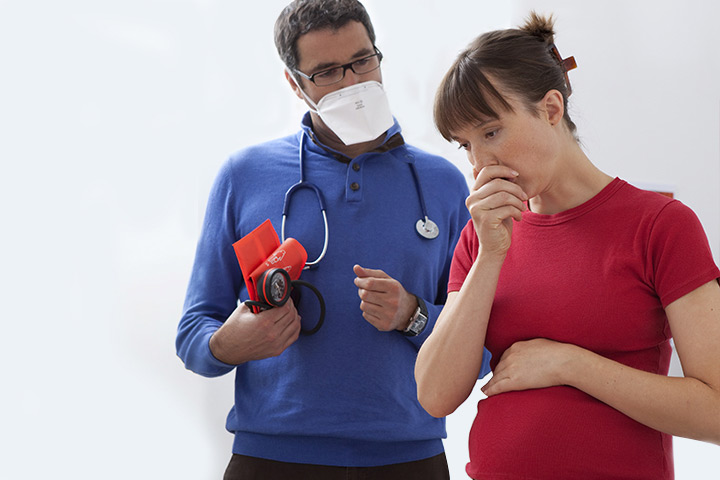
Cyclic mastodonium
A special period in a woman’s life is puberty, during which a variety of, sometimes not entirely pleasant, surprises may arise. One of them is cyclic mastodonium, which manifests itself in the fact that the chest hurts, and a temperature of 37 degrees is observed during menstruation.
During puberty, there is a complete restructuring of the child's body into an adult, which, first of all, involves the establishment of the correct hormonal balance. It’s not always possible to diagnose cyclic mastodonia right away: the endocrine system comes into order for a long time, provoking the appearance of various symptoms. Sweating, nausea, skin problems, irritability, teenage aggression are not the most negative manifestations of puberty in comparison with cyclic mastodonia.
Rapid breast growth
As a result of an uneven increase in the concentration of progesterone and estrogen in the blood, rapid breast growth begins. The end sections of the mammary glands begin to branch and increase in size many times, the ducts lengthen, the fat layer accumulates. However, nerve fibers do not always have time for such rapid growth, as a result of which they are stretched, their constant irritation is observed, which causes a painful, stitching, burning character in the chest.
Before menstruation
The situation begins to noticeably worsen before the onset of menstruation. In the blood during this period, the highest concentration of prolactin is noted, and the terminal sections of the mammary glands expand as much as possible. Soreness in the chest becomes unbearable, in severe cases, an increase in temperature is observed. In some cases, the patient begins to worry about nausea and burning in the chest, she completely loses working capacity.
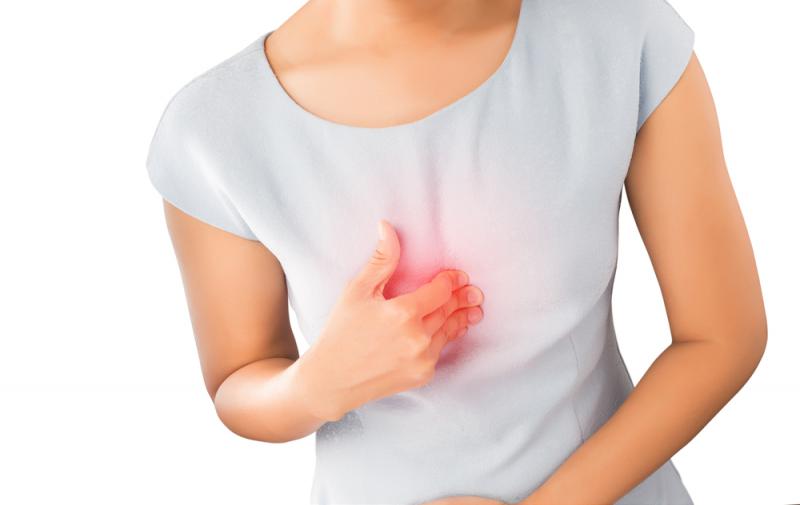
The clinical picture, as a rule, improves markedly after the onset of menstruation. Unfortunately, there is no effective therapy for this disease, which allows to stop all symptoms. The condition can facilitate the use of non-steroidal anti-inflammatory drugs, which are often used for the symptomatic treatment of headaches and toothaches. However, it should be noted that their impact is not expressed enough. As a rule, in many girls the disease goes away on its own as soon as a clear menstrual cycle is established.
In what cases does the temperature rise and chest pain?
Breast injury
Traumatic damage to the mammary gland is a fairly rare situation. However, there are cases of chest injury in the following situations:
- Assault on the street.
- Mine explosive injury.
- Stay under the rubble as a result of the collapse of the building.
- Accidents and other emergency situations.
- The fall.
If the chest hurts and the temperature rises, this should not be left without attention.
Regardless of the mechanism of injury, damage to the fatty layer, which makes up most of the breast, occurs. Some time after the injury, fatty necrosis begins - the breakdown of adipose tissue. Against the background of necrosis, pain in the chest is intense, pain when palpating, fever, especially if the injury is accompanied by the addition of microbial microflora. Many patients develop nausea, since the decay products resulting from necrosis of injured tissue affect the body toxicly.
Scar tissue replacement
Subsequently, the scarred tissue replaces the injured area, resulting in itching, burning, a bump, and a change in the shape of the chest. In some cases, the skin on the chest becomes tuberous, the nipple retracts, which resembles cancer. Quite often, after a long time after an injury, a pulling pain and burning sensation occurs in the chest, especially in the area of the injury and in the area of the nipple. Moreover, the formed cone does not always disappear, in some cases it remains and is a scar under the skin, formed from connective tissue.
Diagnosing a breast injury and necrotic changes in adipose tissue is quite difficult. To do this, you need to collect a complete medical history. In other words, the patient must inform the doctor about the details of the injury. Therapy of this condition should be comprehensive and may include surgical intervention and medication.
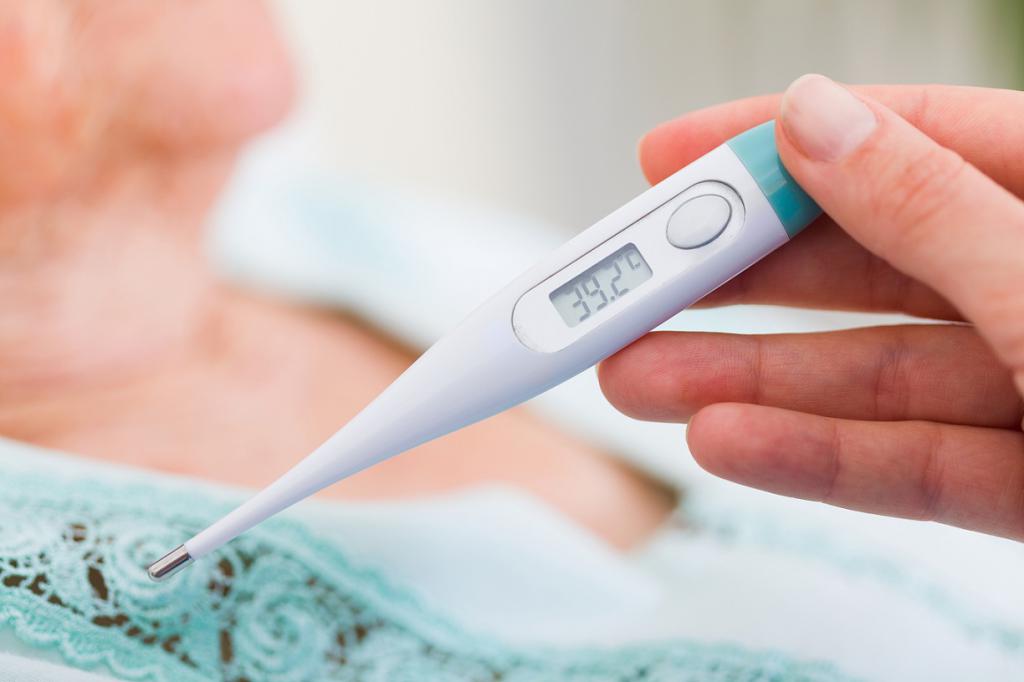
Lactation mastitis
The most common cause of chest pain and fever is inflammation (lactational mastitis). This condition develops under the influence of several factors at once:
- The presence of diseases that cause a decrease in immunity, a general weakening of immunity.
- Inadequate level of breast hygiene.
- The occurrence of cracks and other injuries of the nipple, the area near the nipple.
- Stagnation of milk (occurs when a woman does not feed the baby or does not express milk).
At the same time, the chest hurts greatly, and the temperature can rise up to 38 degrees.
Milk stagnating in the mammary gland is a favorable environment for the growth and development of pathogenic flora. Pathogens penetrate the ducts, the end sections of the gland through the damaged nipple, which acts as an entrance gate to the infection.
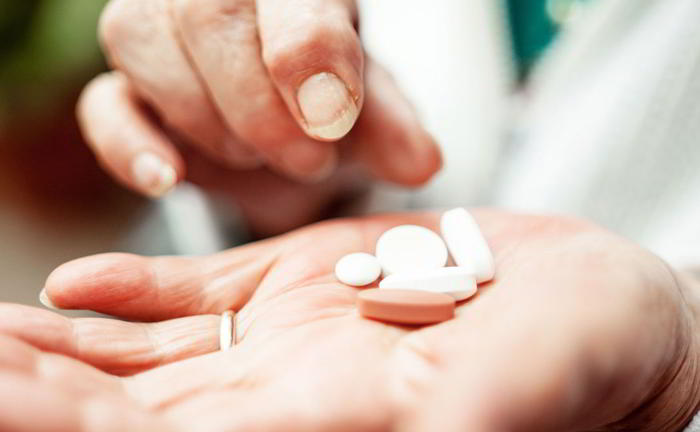
Symptoms
As a result, inflammation develops in the tissues of the gland, which is manifested by the following symptoms:
- Discharge from the nipple, sometimes purulent.
- Burning in the chest, itching.
- Redness of the skin of the chest.
- Swelling of the chest.
- The appearance of intense pain, which has a pulsating, pulling, bursting, burning character.
- Symptoms of a systemic inflammatory process: fever, nausea, sweating, general malaise, weakness.
Most often, lactational mastitis develops in one breast. If unpleasant symptoms occur, it is important to consult a doctor immediately. If you do not receive timely medical care, an abscess may form in the tissues of the mammary gland, which will only worsen the condition of the woman and threaten the occurrence of sepsis.
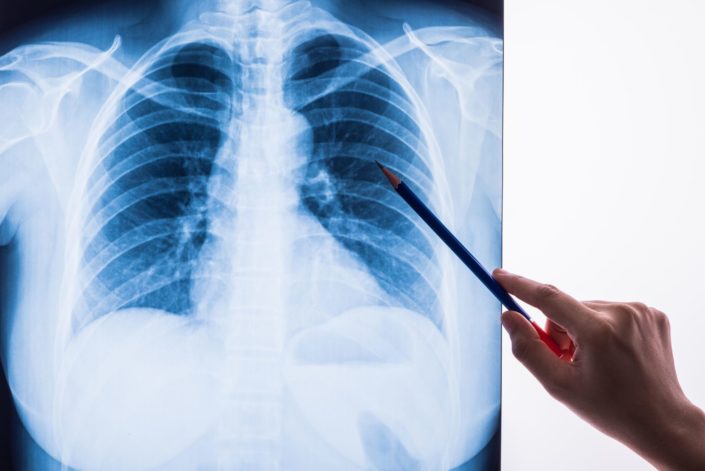
Therapy of mastitis involves directed detoxification and antibacterial therapy, which will reduce the severity of intoxication syndrome. The child must be temporarily transferred to artificial feeding, and the mother must ensure timely pumping of infected milk from the breast affected by the inflammation process. With the development of an abscess, surgery will be required.
In what other case does a chest sore with fever?
Mammary tuberculosis
Damage to the mammary glands by tuberculosis is quite rare. That is why it is very difficult to diagnose such a disease. Most often, such a pathology occurs in women who have been ill with pulmonary tuberculosis for a long time. Damage to the mammary glands may indicate inadequate treatment and neglect of pathology. Symptoms of tuberculous lesions are as follows:
- Symptoms of the respiratory system: hemoptysis, soreness in the chest, shortness of breath, cough.
- Non-standard discharge from the nipples.
- The appearance on the skin of the chest ulcers.
- Deformation of the chest: a change in the shape of the nipple, retraction, bumps.
- The presence of chest pain. The pain can be pulling, bursting, aching.
- Symptoms of systemic intoxication: nausea, general malaise, sweating, loss of appetite, fever.
Maybe the temperature is 39. The chest hurts very much.
It is possible to diagnose breast tuberculosis by radiography of organs located in the chest and a biopsy of breast tissue. Therapy takes a long time (up to a year or more) and involves the use of a combination of several potent medicines. In some cases, experts recommend surgical intervention, including breast amputation.
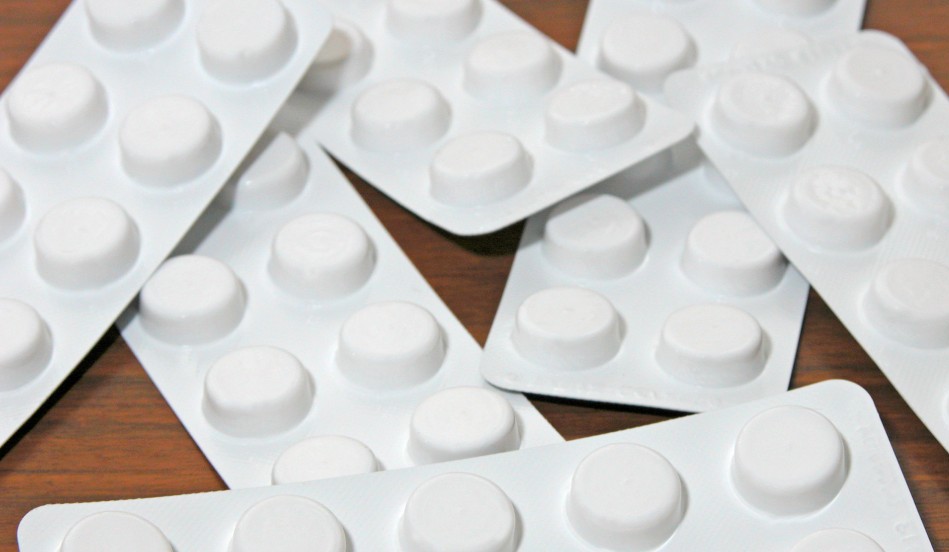
Chest with temperature and oncology hurts.
Mammary cancer
Unfortunately, in our country, cases of breast cancer are very common. Surprisingly, women often severely trigger the disease, despite the fact that it has vivid clinical symptoms. As a result, the prognosis for life is greatly deteriorating, and women turn to a specialist when the cancer is already in its advanced stages.
Serious suspicions of breast cancer should occur with the following symptoms:
- Appetite worsens, subfebrile temperature rises to 37.9, general malaise develops, nausea appears, body weight decreases.
- In the deep layers of the mammary gland, palpation is found upon palpation.
- A pain appears in the chest, which can have absolutely any character - stitching, aching, pulling, burning.
- The shape of the breast changes, the nipple retracts.
When breasts hurt, basal temperature also rises.
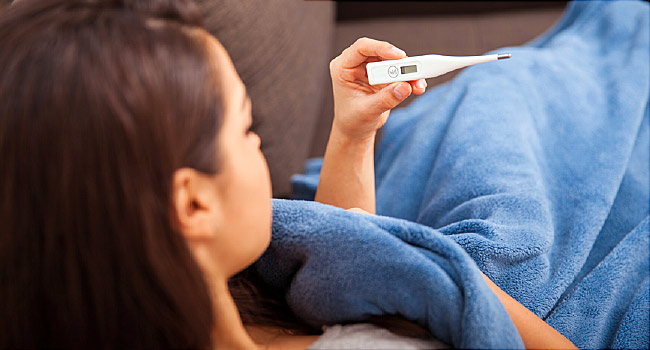
Conclusion
If these symptoms are detected, it is important to consult a specialist immediately. Despite the fact that benign breast formations have similar symptoms, timely consultation will help to detect breast cancer in the initial stages of development, which significantly increases the likelihood of a favorable outcome of the disease and a speedy recovery with minimal negative consequences for a woman's health.
If your chest and temperature hurt, what to do, now we know.